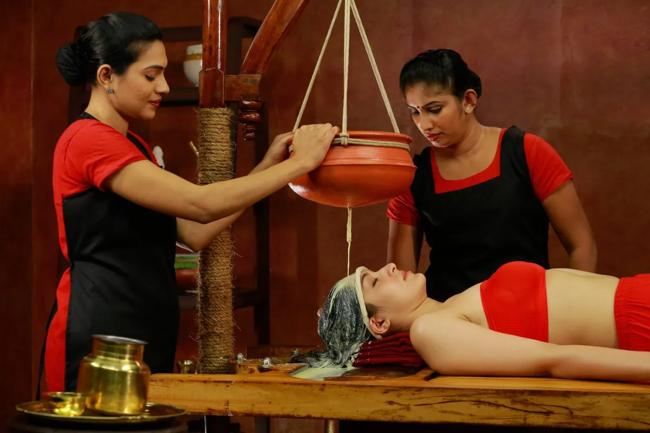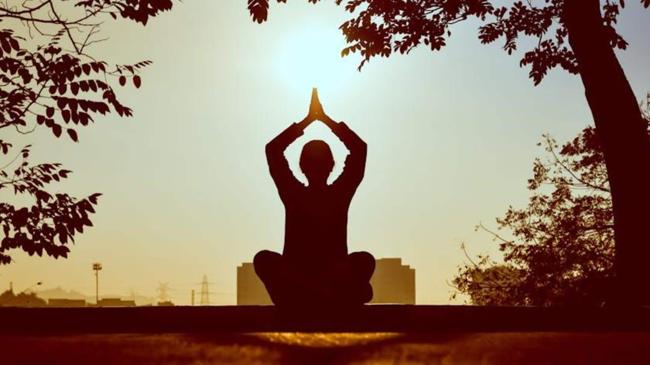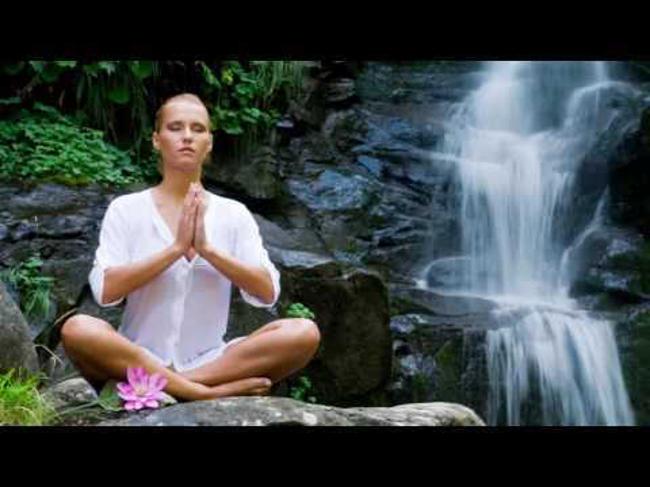Summary
Skift Research’s recent report on India inbound travel opportunities revealed strong interest in wellness and holistic tourism.
Source: Skift

AI News Q&A (Free Content)
Q1: How does yoga contribute to wellness tourism in India?
A1: Yoga, with its origins in ancient India, plays a significant role in wellness tourism by attracting visitors seeking physical and mental well-being. It is practiced worldwide, with many tourists visiting India to experience authentic yoga and meditation practices. The International Day of Yoga, celebrated globally, further promotes India's cultural heritage in yoga, encouraging wellness tourism.
Q2: What is the historical significance of yoga in India?
A2: Yoga has historical roots dating back to the early first millennium BCE, with practices mentioned in ancient texts like the Rigveda and Upanishads. It evolved through various traditions, including Jainism and Buddhism, and was systematized in texts like the Yoga Sutras of Patanjali. The revival of yoga in the 20th century, influenced by figures like Swami Vivekananda and Krishnamacharya, reintroduced it as a physical and spiritual practice.
Q3: What recent developments have occurred in India's wellness tourism industry?
A3: India's wellness tourism industry has seen significant growth, driven by global interest in holistic health and well-being. The country's rich tradition in yoga and Ayurveda, combined with modern wellness practices, attracts tourists. Initiatives like the International Day of Yoga and wellness retreats in locations such as Rishikesh and Mysore have enhanced India's reputation as a wellness tourism hub.
Q4: How has the global perception of yoga changed over time?
A4: Yoga's global perception has shifted from a spiritual and meditative practice to a fitness and wellness activity. Introduced to the West by Indian gurus in the 20th century, it evolved into a posture-based practice, focusing on physical fitness and stress relief. This transformation, influenced by Western preferences, has made yoga a popular global phenomenon, diversifying its practice beyond traditional forms.
Q5: What role does social media play in promoting yoga and wellness tourism?
A5: Social media platforms like Twitter have become crucial in promoting yoga and wellness tourism. Research shows that users engage with yoga content for health benefits, spirituality, or promotional purposes. By leveraging social media, yoga practitioners and studios can reach a wider audience, encouraging interest in wellness tourism and attracting visitors to India's yoga retreats.
Q6: What challenges does the wellness tourism industry face in India?
A6: While India's wellness tourism industry is growing, it faces challenges such as competition from other wellness destinations, maintaining authenticity in traditional practices, and addressing infrastructure needs. Balancing modern wellness trends with traditional practices like yoga and Ayurveda is essential to sustaining growth and attracting international tourists.
Q7: How has India leveraged its cultural heritage in yoga for economic growth?
A7: India has harnessed its cultural heritage in yoga to boost economic growth through wellness tourism. By promoting yoga as a key attraction, India draws international visitors seeking authentic experiences, which in turn supports local economies. Events like the International Day of Yoga and the development of wellness centers have enhanced India's global image as a wellness tourism destination.
References:
- Yoga
- Postural yoga in India
- International Day of Yoga
- Yoga-82: A New Dataset for Fine-grained Classification of Human Poses





